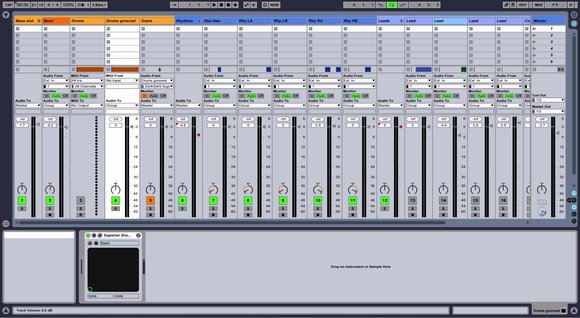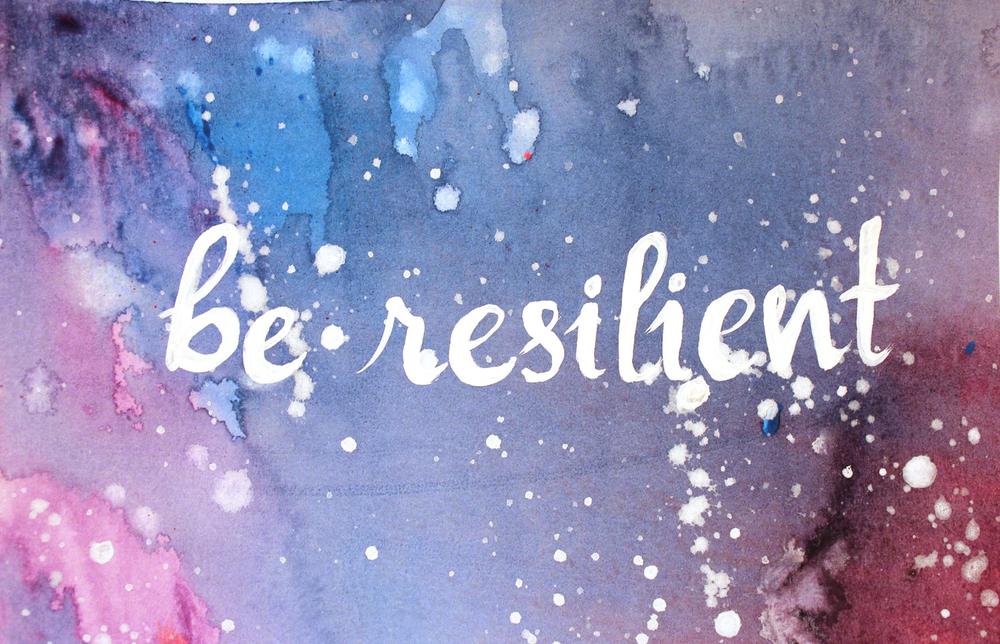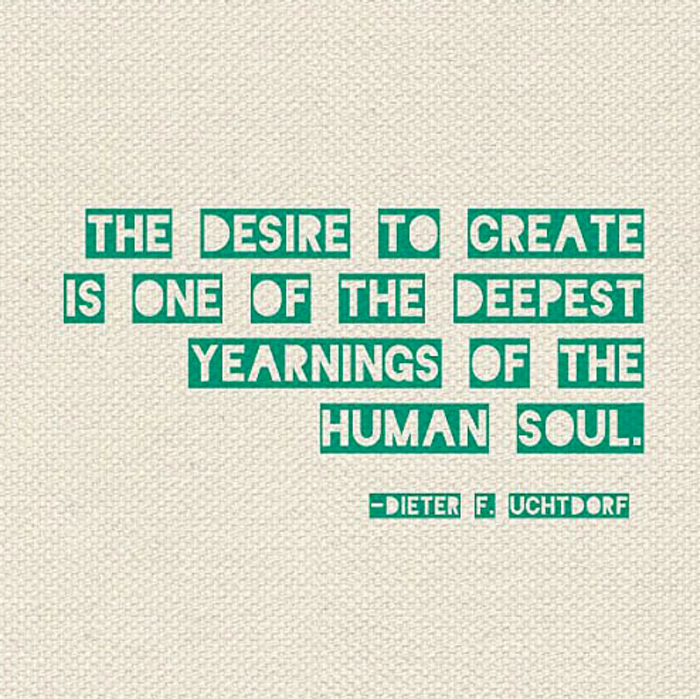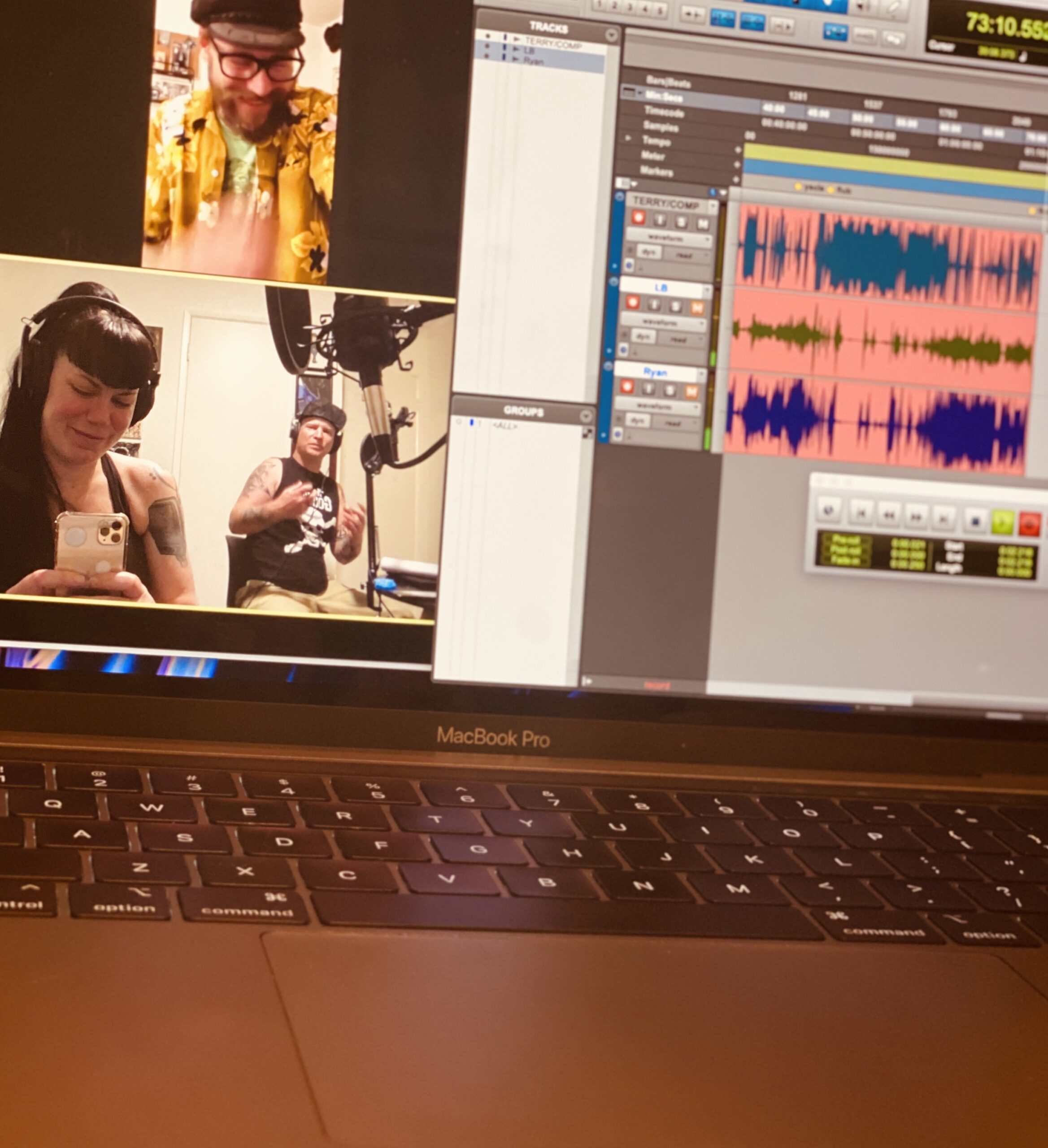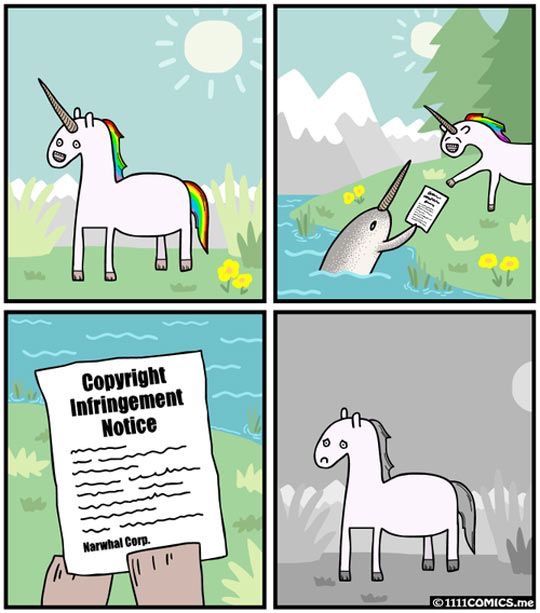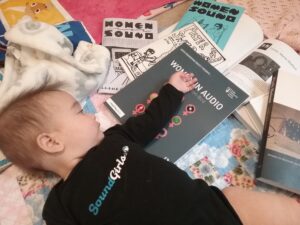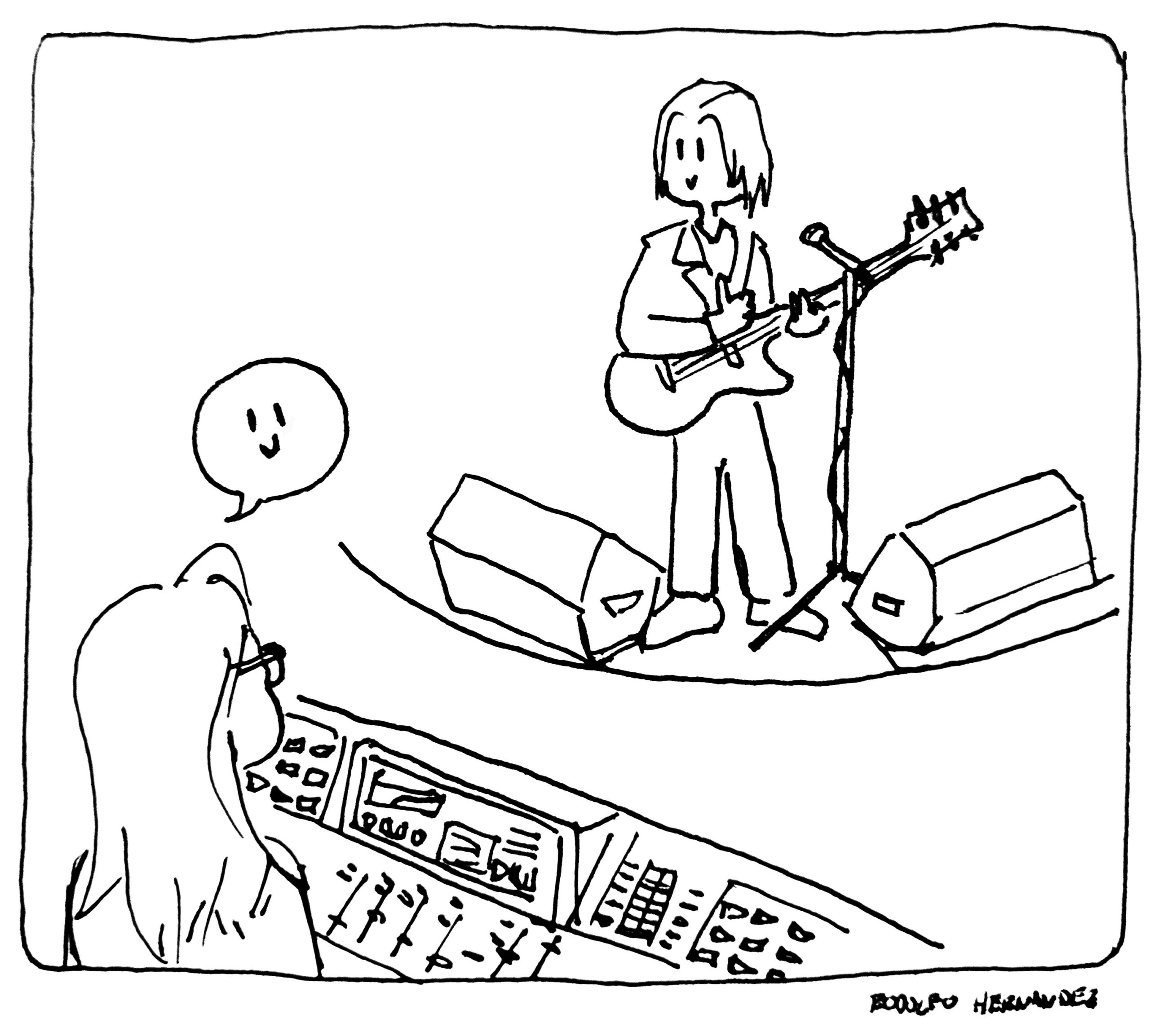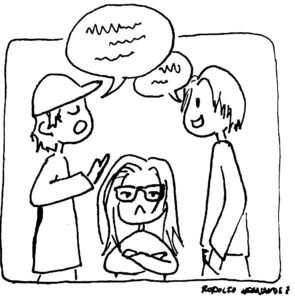Yes, it’s another article about life in the Corona Virus quarantine. My world, along with all of yours, has been completely turned upside down, and I just wanted to share what I’ve been doing to cope, rest, learn, and thrive. I want to remind readers that this is just my personal experience, and no one should feel like there is something they HAVE to be doing while sitting at home every day in quarantine.
I have a husband, two kids (11 and 6), a dog, and a tortoise. My husband and I have both been laid off due to the Social Distancing Policy. I am still teaching my one college course (now online), but other than that, we have a lot of downtime. We’ve both been home since March 13, and I have been having the hardest time trying to fall into some kind of “normal” schedule. At first, I tried getting my kids up at our regular time. They got ready for the day, we had breakfast, and then we would start on schoolwork. My kids’ teachers are sending “enrichment only” assignments for the time being, so this is basically just busy work that doesn’t count for a grade, which very much contributes to my anxiety.
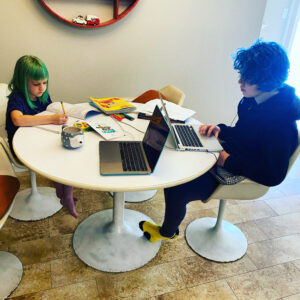 While they were busy working, I would clean the house and disinfect as much as possible. Before I knew it, it was noon, so I would make lunch, walk the dog, work on my class prep, and stress about trying to read every CV19 update. 5:00 pm would seem to appear directly after lunch, so I would make dinner, try to squeeze in a fun activity for my kids, try to keep up with the influx of webinars, zoom meetings, free software, trial versions that everyone in my industry is releasing right now, and then I would get the kids in bed and basically pass out on the couch. Rinse and repeat for several days.
While they were busy working, I would clean the house and disinfect as much as possible. Before I knew it, it was noon, so I would make lunch, walk the dog, work on my class prep, and stress about trying to read every CV19 update. 5:00 pm would seem to appear directly after lunch, so I would make dinner, try to squeeze in a fun activity for my kids, try to keep up with the influx of webinars, zoom meetings, free software, trial versions that everyone in my industry is releasing right now, and then I would get the kids in bed and basically pass out on the couch. Rinse and repeat for several days.
I was feeling completely worn out, but also completely unproductive. How can I be busy all day long and still feel like I’m not getting anything done? I didn’t have a regular 9-5 job before the world shut down, so I don’t have 8 hours of meetings/classes/calls/tasks to complete every day as if I were at the office. I decided that trying to push my life along my “typical” schedule in a completely atypical scenario is completely crazy and the cause of my sense of being out of control. I’ve been working on a new schedule, or plan, or daily goal….whatever you want to call it, to help keep my day-to-day feeling equal parts productive and creative. Here’s what I’ve come up with…at least for this week.
7:00 am: Wake up, curse my body for never allowing me to sleep later than 7:00 am, scroll social media/email/messages on my phone in bed.
8:00 am: Make sure kids are up and getting ready, get up, shower, make breakfast.
8:45 am: Feed family, start kids on school work (either assigned from school or make something up—6 year old wants to learn about every US President, 11 year old is writing a book), check on UI/IRS stimulus/any other artist relief options (links below).
9:30 am: If it’s Monday, prep my class for the week. If it’s any other weekday, look for one industry-related task to complete. It doesn’t have to be big. Sometimes I download a new software I found on one of my “Corona Discounts” list (links below). Sometimes I work on music. If it’s Wednesday, I edit and publish my podcast. As long as I have done something that benefits my career, I feel good.
11:00 am: Force kids and dog outside, ride my bike either around the neighborhood or to the store if necessary.
12:00 pm: Make lunch, feed family, enlist family in daily house cleaning. I will say that my house is maintaining a pretty decent level of cleanliness with this daily activity in place—much better than letting it pile up for days and then being forced into a major deep cleaning.
2:00 pm: Chill. Do something fun with the kids, or not. Whatever the mood is. If they want to play video games, that’s ok. I’ll read, or watch something, or work on a project with my husband. I also try to call/Zoom/Facetime someone around this time. My whole family is really missing our personal interactions with others, so I try to make sure that we’re all connecting with someone outside of the home daily.
5:00 pm: Make dinner, feed family, play a game or watch a movie with the family. Throughout the day, we can really all be doing our own thing, and I try to get us all in the same room for a couple of hours to wind down together.
8:00 pm: Start the kids’ bedtime process, hang out with my husband, fall asleep whenever I fall asleep.
This is what I start with, and where I need to make changes, I do. If I want to throw this entire schedule out the window for a day, I do. I have a very short list of things I HAVE to do: Keep family alive, do stuff for jobs I am currently getting paid for, get money somehow. It does make me feel better to get something new done, but sifting and searching through all of the myriads of offers that are out there now (training, classes, downloads, free trials, etc.) completely overwhelms and paralyzes me to the point of ignoring it all and doing nothing.
Of course, I am SO completely appreciative of everything all of these companies and organizations are offering, I’m just still working on how to process it all. Only asking myself to find one industry thing per day to work on has really helped me with my anxiety, and if you’re feeling overwhelmed in this way, I really recommend this “one day at a time” approach. I’m including some of the links I have been accessing. Just remember that you are doing the best you can do. This is temporary, and nothing is more important than your health and sanity.
Coronavirus giveaways: the best free software and services for musicians
What is Zoom
Online Resources List and Training Links During the COVID-19 Shutdown UPDATED April 8, 2020
SoundGirls Training List
SoundGirls COVID19 Resources
Unemployment Insurance Provisions for Creative Professionals in the CARES Act
